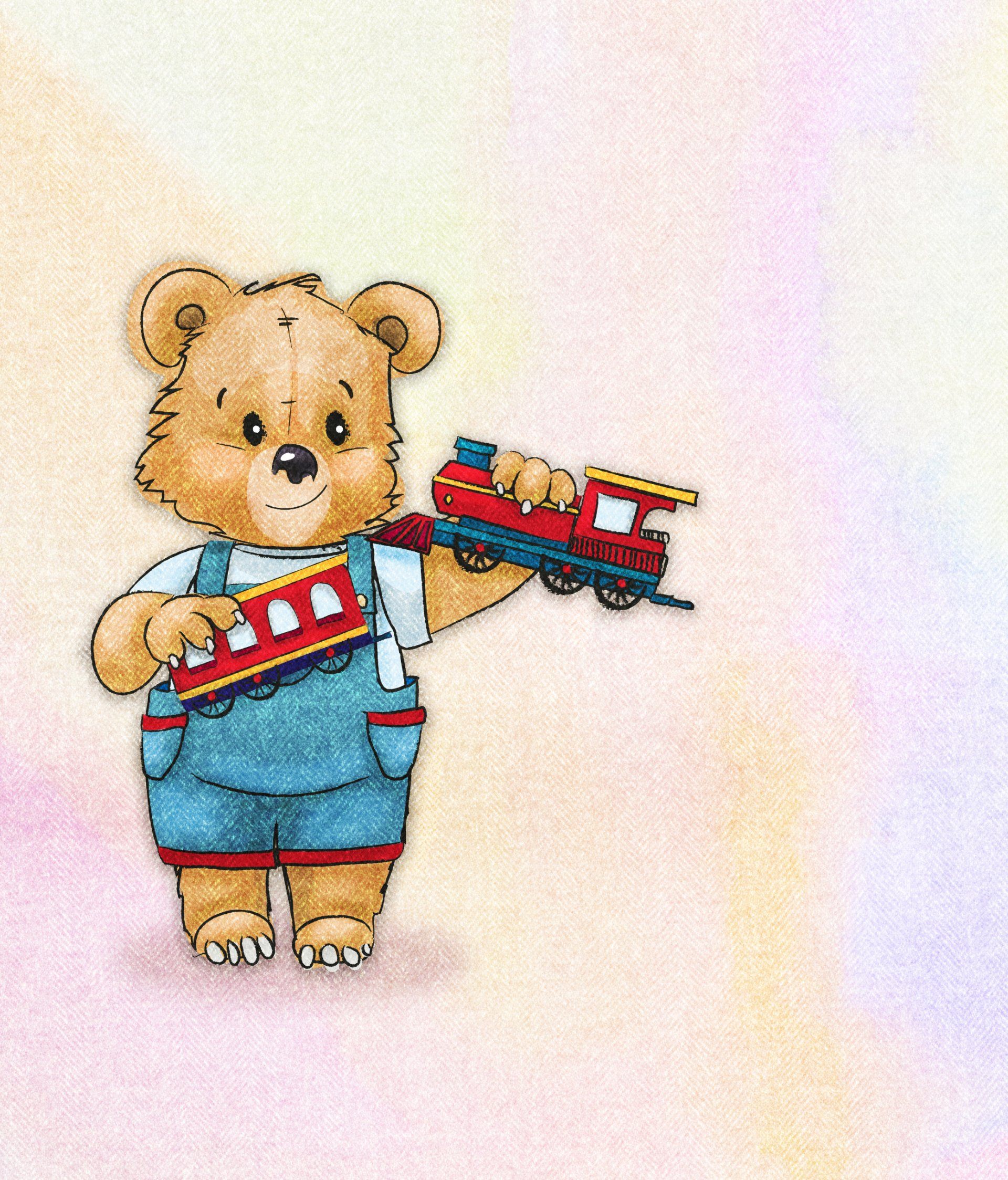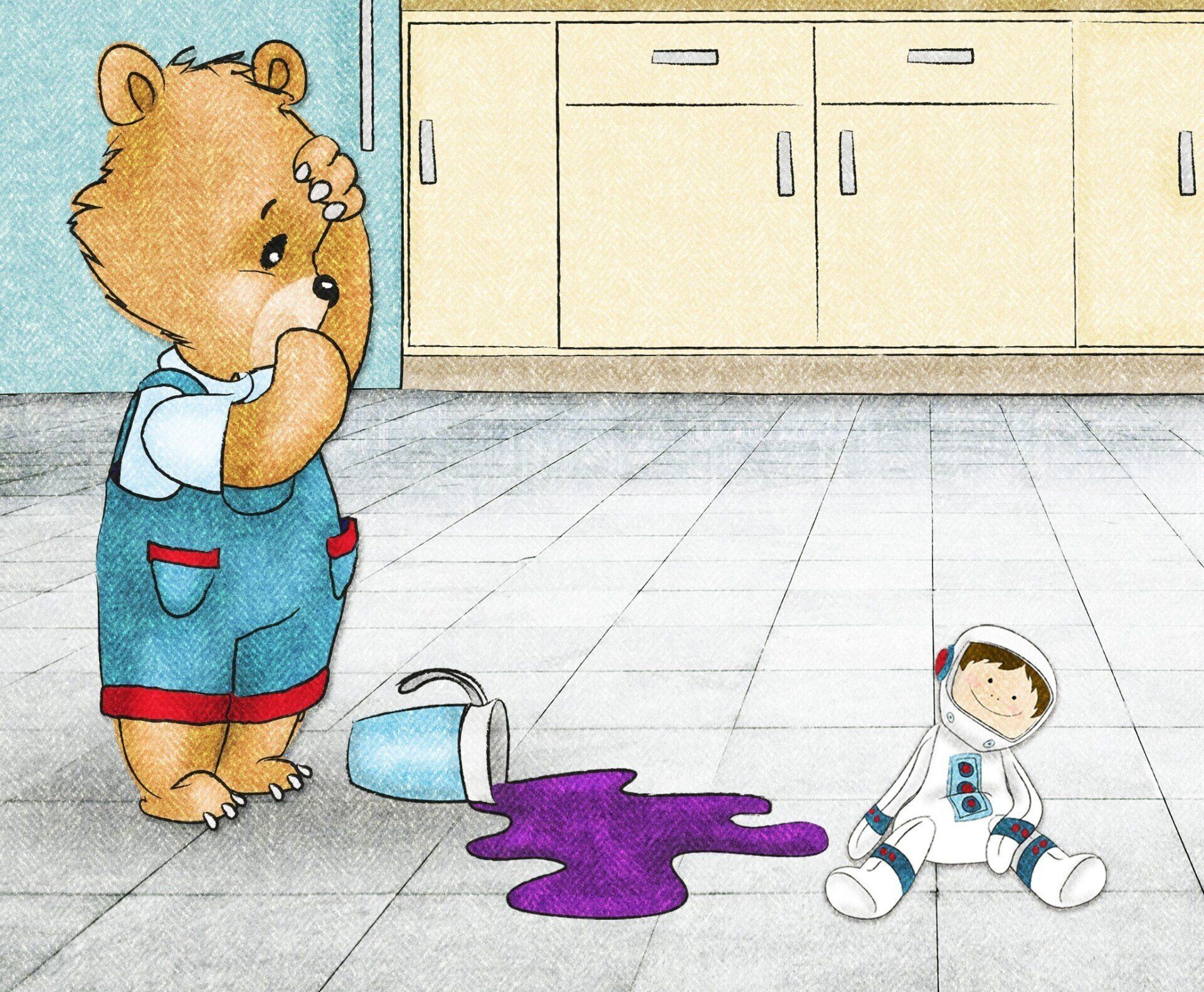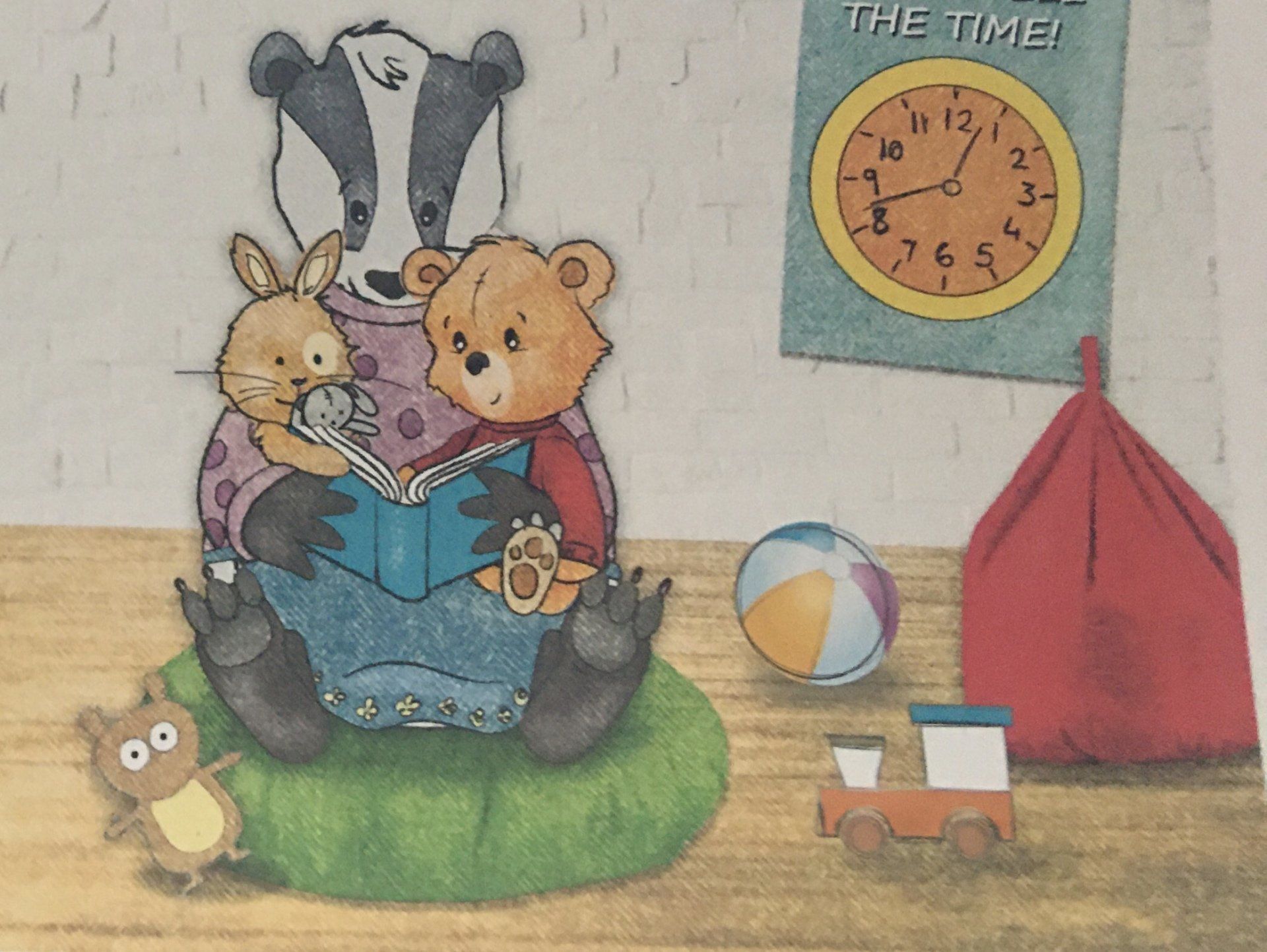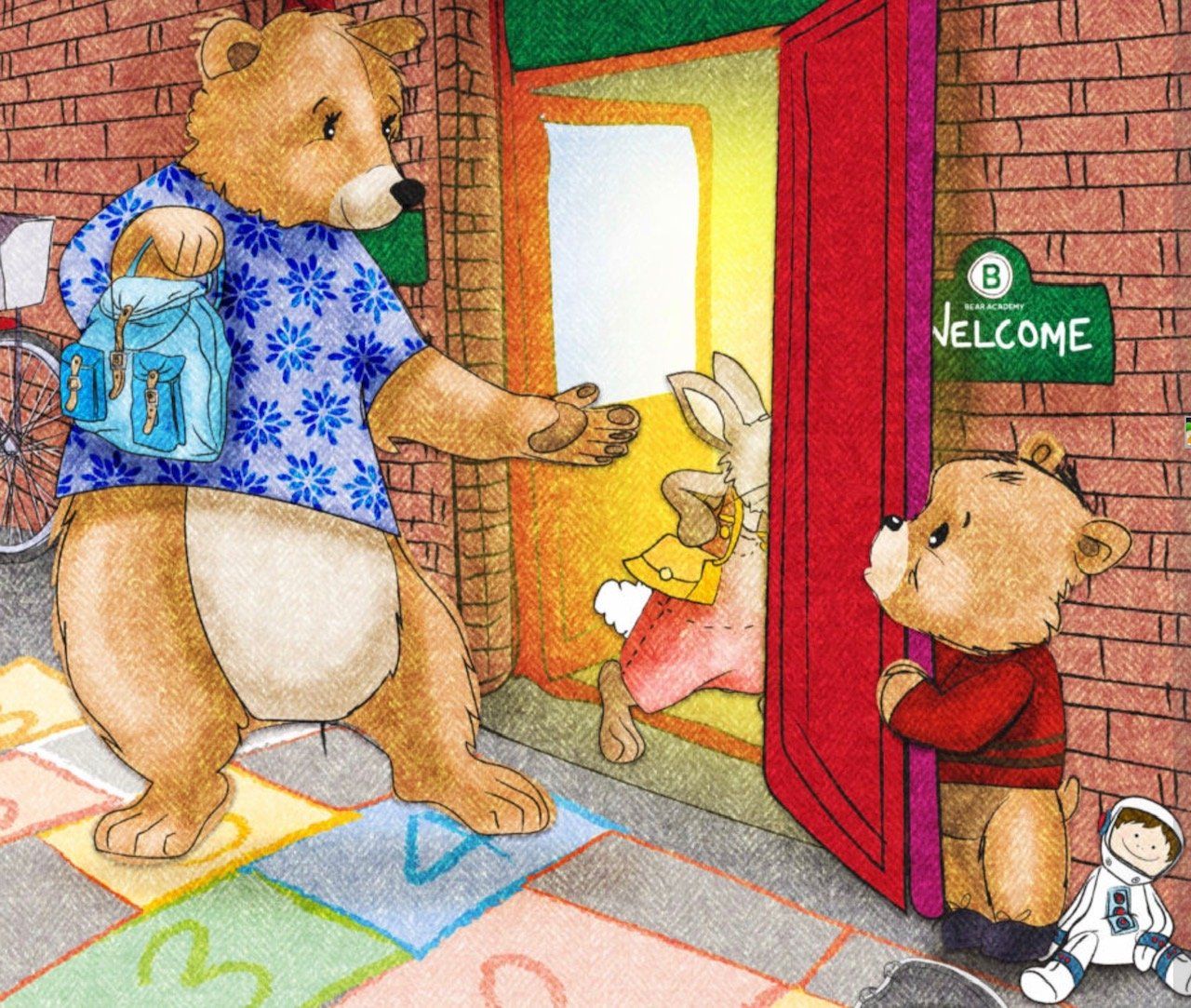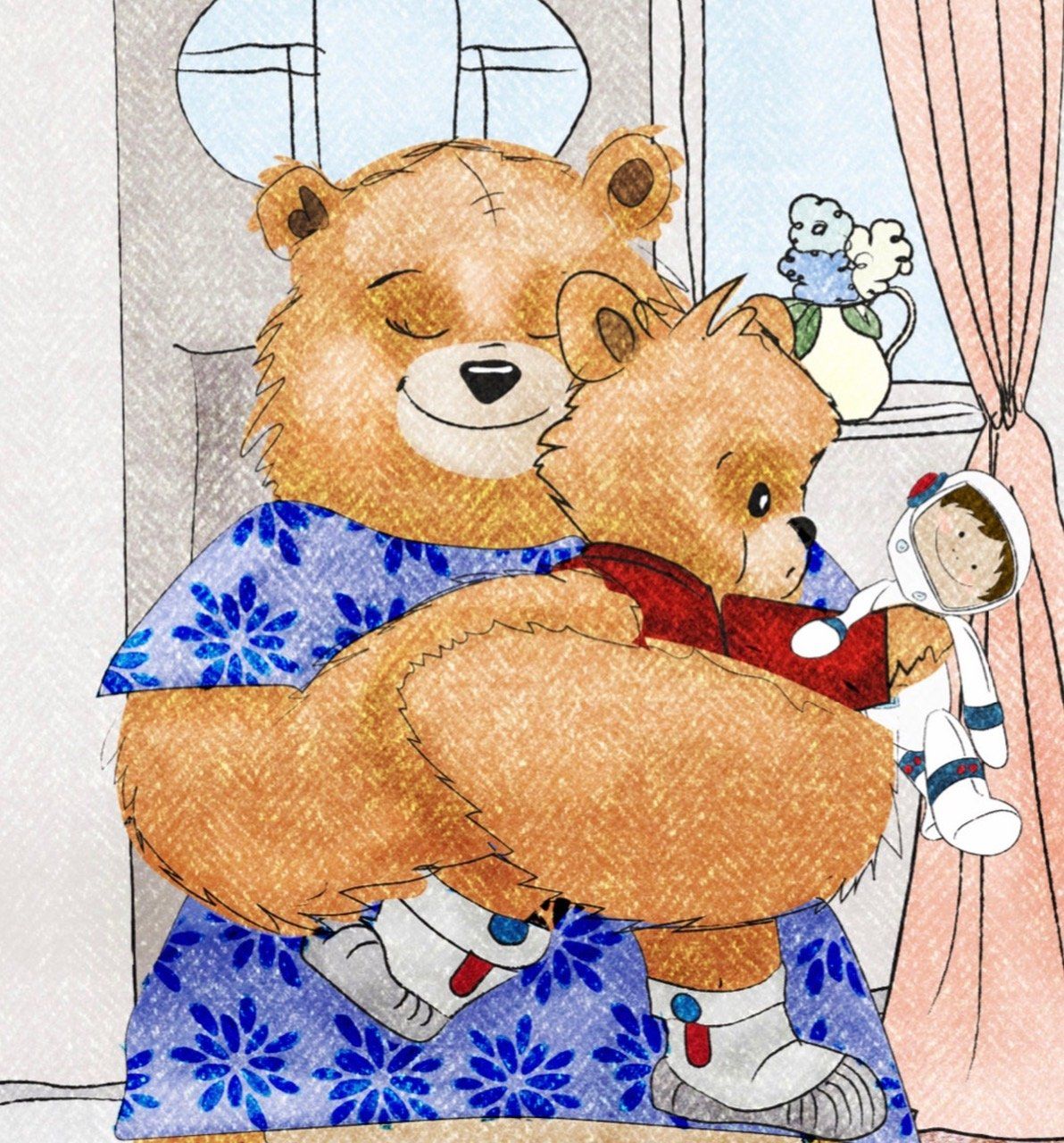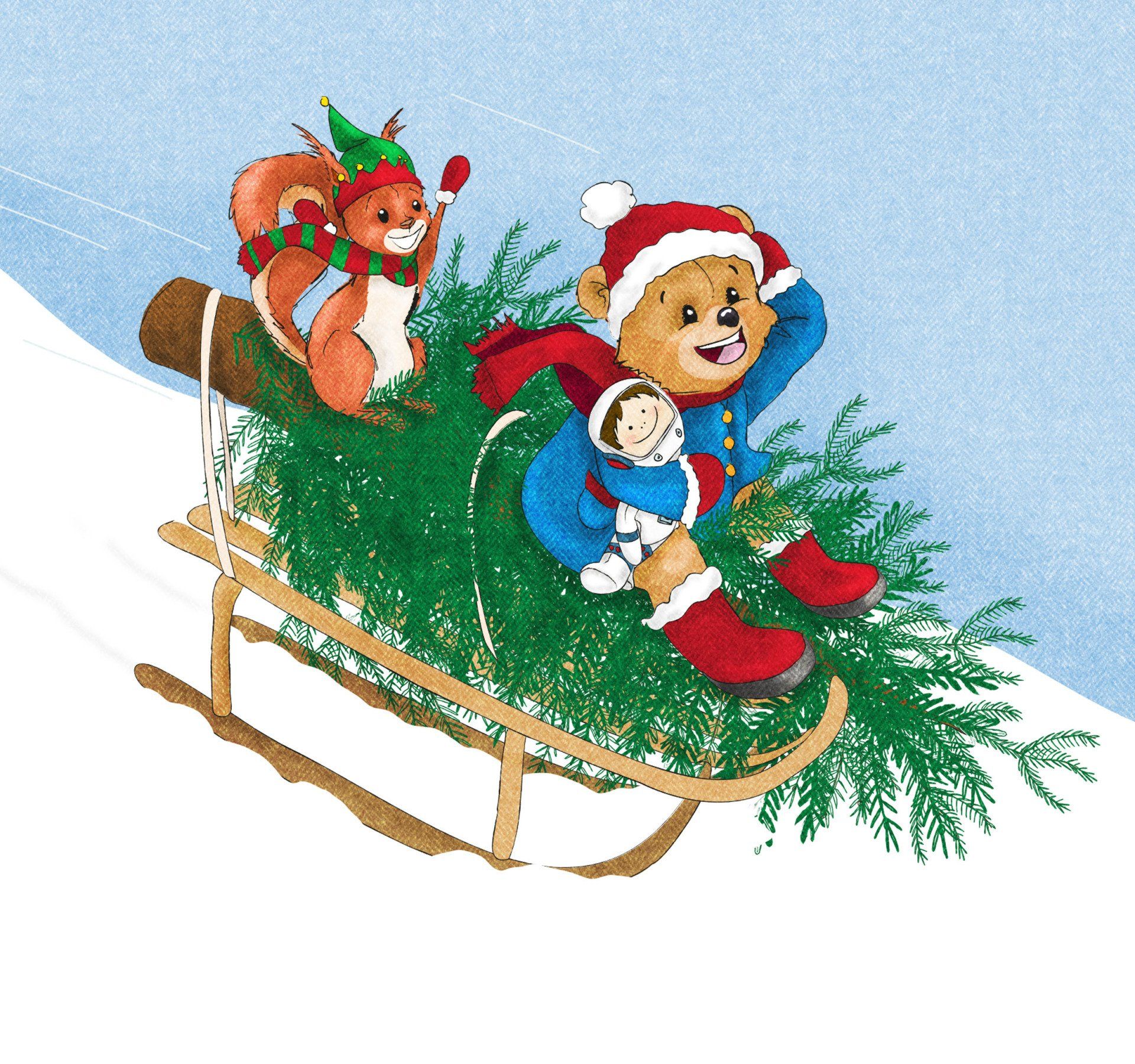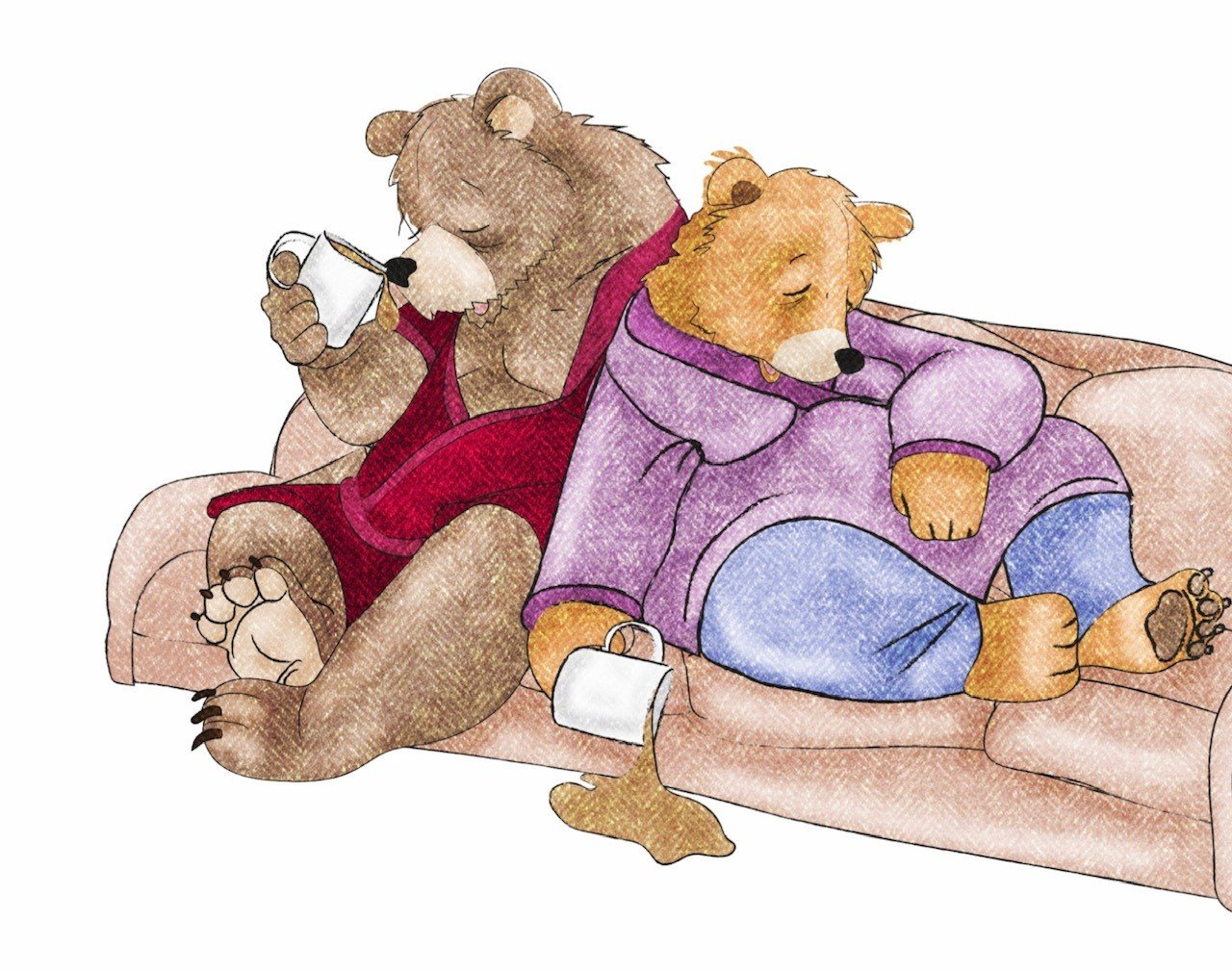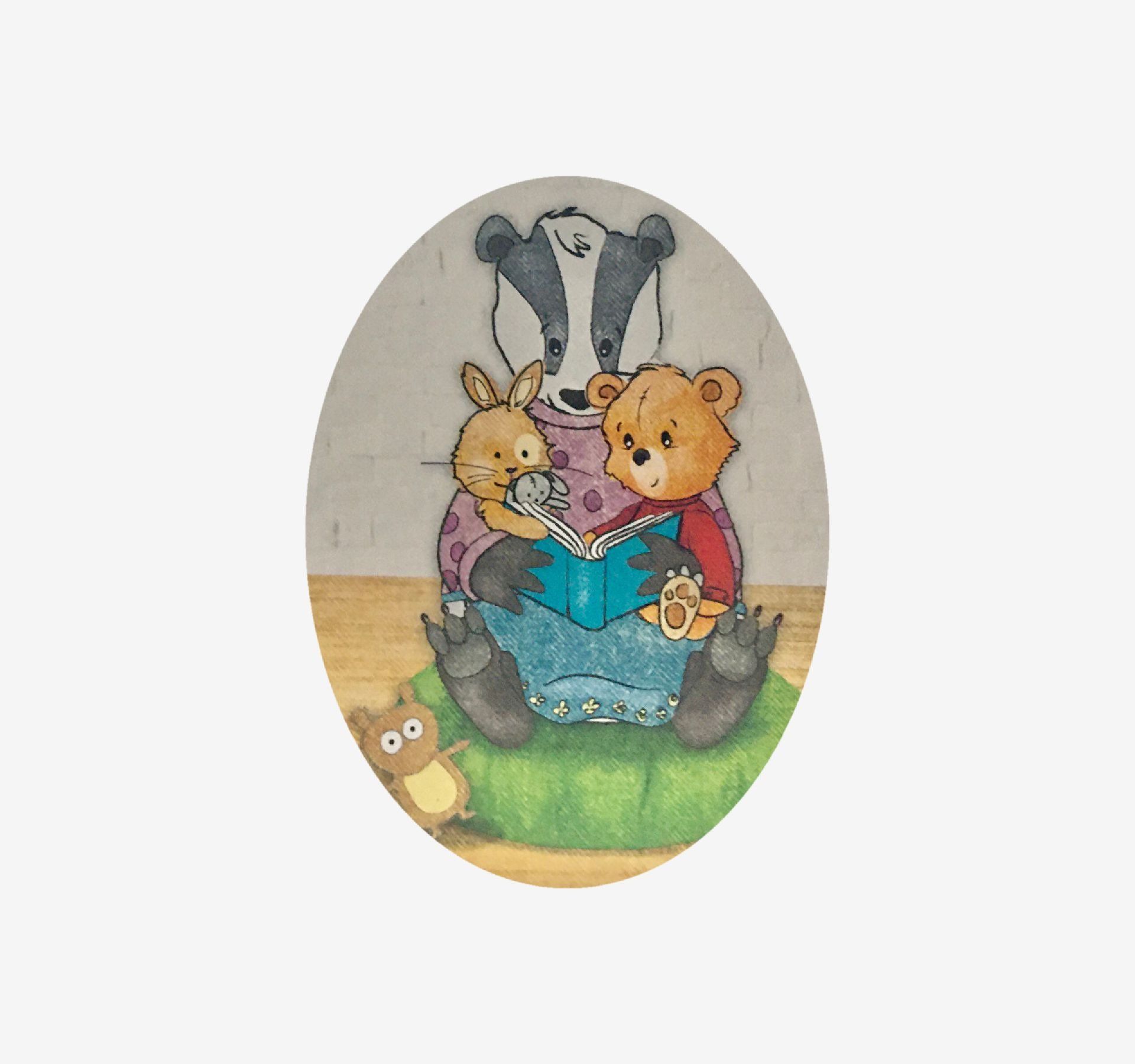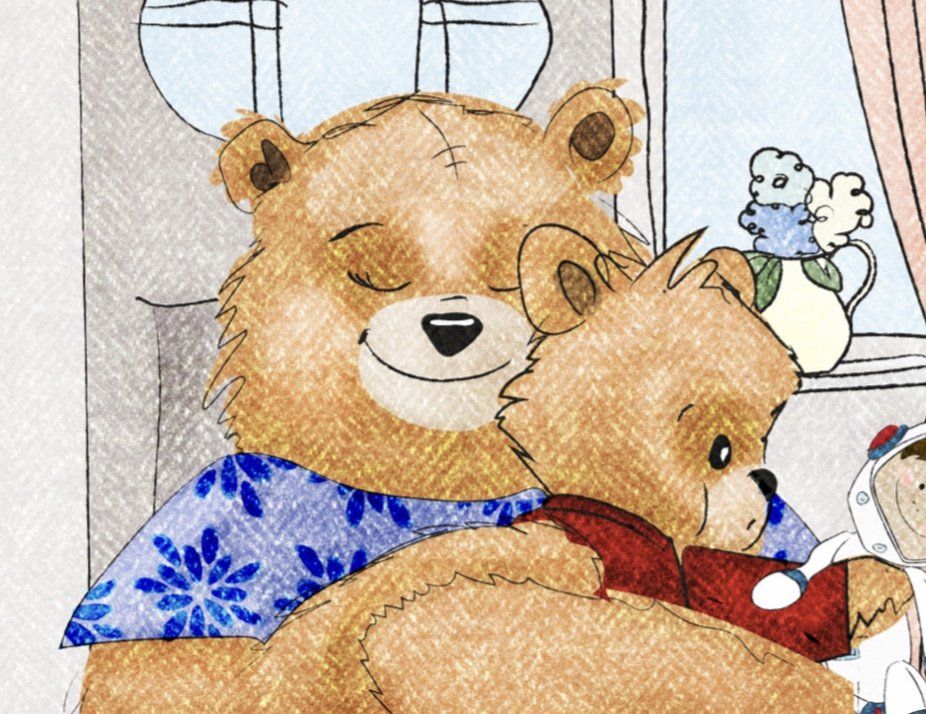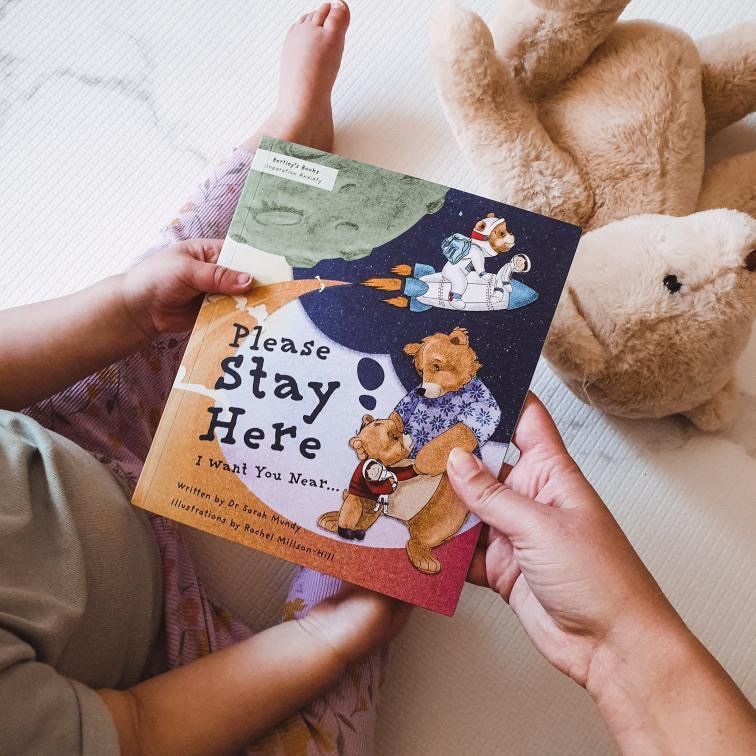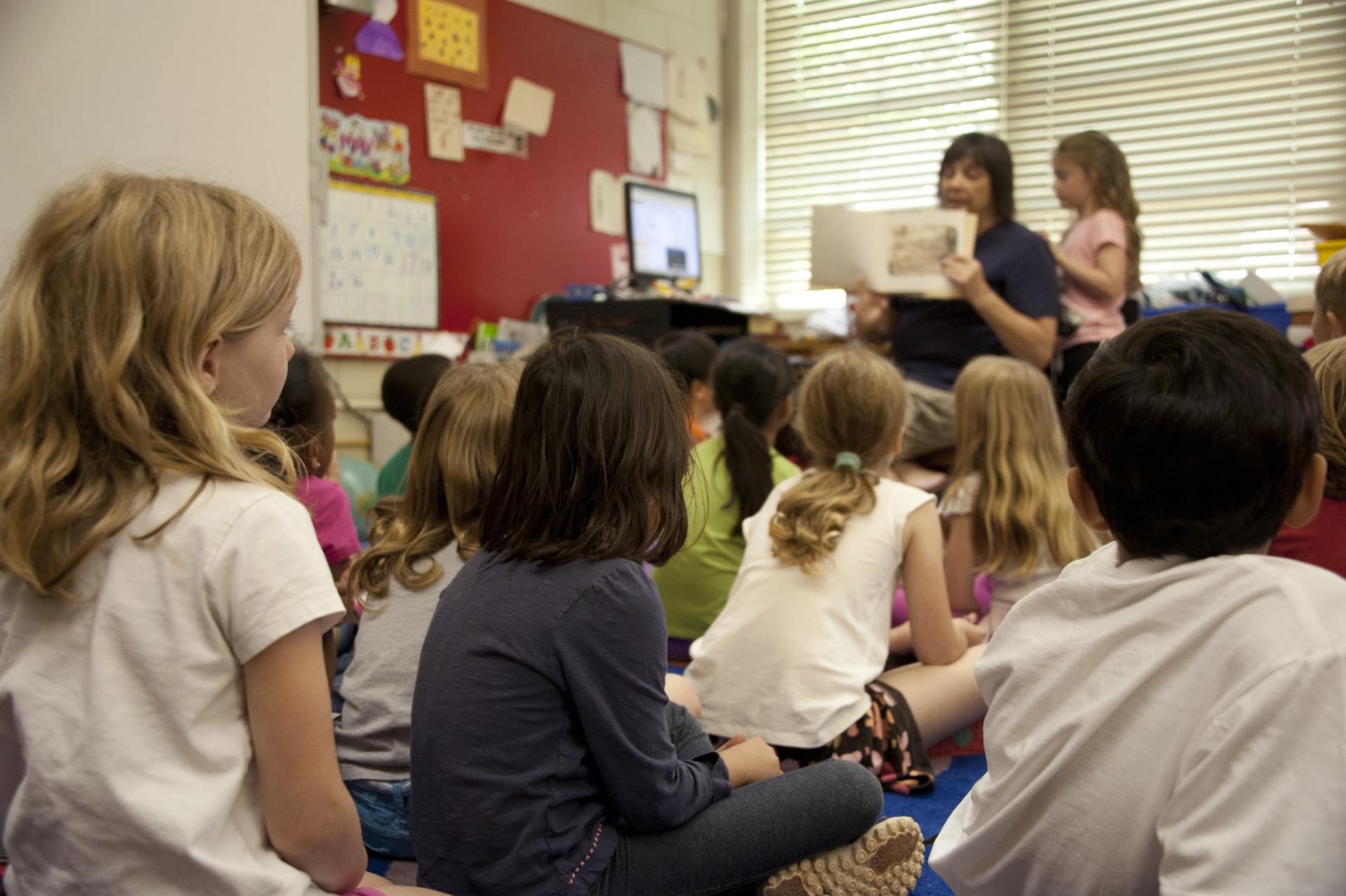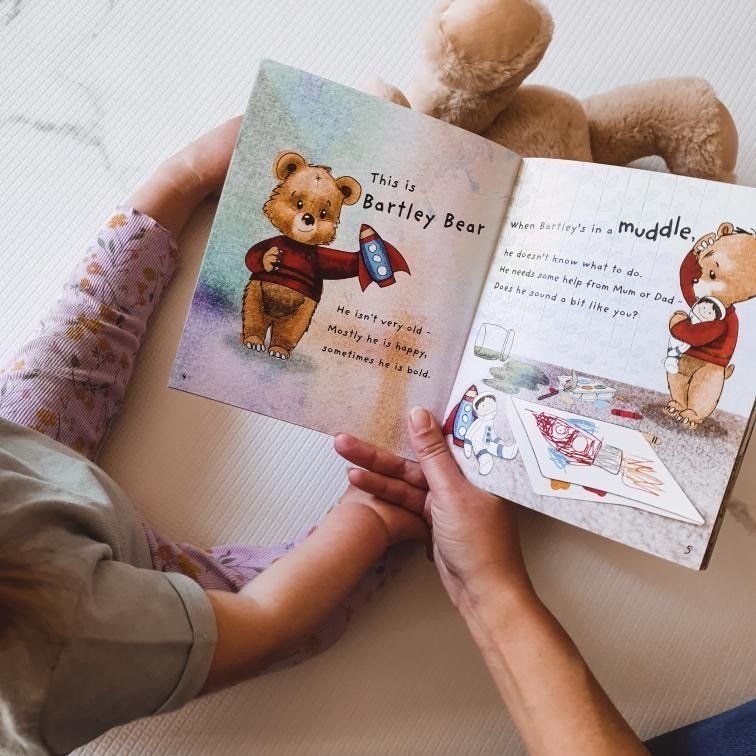The Importance of Storytelling
The importance of storytelling for preschool children - why it’s not just about keeping them entertained
How do stories support childhood development?
Think about your favourite story, the one that came to mind above. How did it make you feel? Was there anything to learn from it? Did it make you behave or think in a different way? Books serve many purposes, and what we take from them can be an individual thing. Shared together, they offer a window into different worlds, different characters and different situations that can be explored together.
Children can gain a lot from story time, not least that sense of bonding and closeness when a story is shared and enjoyed one on one. Reading aloud together can help to develop a more secure attachment relationship (see our blog all about attachment) between child and carer, aid brain development and improving emotional and social skills.
And there are plenty of other benefits too:
- Stories help young children develop their own sense of self as well as an understanding of the world around them.
- They can help pre-schoolers to begin to make sense of their own and other people’s thoughts and feelings as well as help them to understand the rules and behaviours that might be expected of them in different settings.
- Stories that start with a challenge that is later resolved can be helpful in developing longer-term problem-solving skills.
- Stories help pre-schoolers begin to put words around their play, learning how to tell their own stories, often with delightful enthusiasm.
- Simple stories with rhymes, songs and repetition can help children become familiar with language patterns and begin to recognise parts of the story and recite alongside an adult.
- Reading stories improves language and vocabulary and can encourage a love of reading in later life.
- Stories help in the development of imagination, creative thinking and self-confidence.
- A familiar book and beloved characters can feel comforting to a small child (or an adult come to that) in times of change and uncertainty.
- Stories about difficult topics can provide an opening for adults to discuss tricky behaviours or emotions. For example, the loss of a close relative or breakdown of the family group.
- Sharing a story can create a wonderful break in the chaos of the day, a time for calm and contemplation.
A fair few benefits then! And it’s not just children who like stories, it’s something we all turn to for comfort, containment and escapism.
How to use storytelling in a classroom setting
There are many ways to introduce the powers of storytelling into the early years setting.
Even the simple act of sharing a picture book with the class will give you opportunities to talk about the story, explore their understanding of what’s happening, to discuss emotions, thoughts and feelings. How do you think the Gruffalo’s Child is feeling? What would your Mummy say if a Tiger came to tea? Studies have shown that asking children to label and explain the feelings of the characters in the story helps them learn a variety of emotions.
Books can be used too to support tricky situations or transitions. If a child is getting ready to welcome a new sibling into the family or preparing to head off to school, reading picture books about the experience can help them to make sense of their emotions around it and give them a frame of reference to understand what is likely to happen. It can also open up the opportunity for them to share how they feel about it.
The same goes for behaviours. Books can offer a great jumping off point to talk about the types of behaviour that are appropriate in any situation. They can explore why we may sometimes struggle to get this right even though we know what’s expected.
And this is exactly why I wrote my Bartley Bear books. They are designed to explore feelings such as separation anxiety in Please Stay Here – I Want You Near, and tricky behaviours in Stop That Now - I Don’t Know How. They help children and their carers to talk about how they’re feeling, with helpful ‘Nudges’ (asked by a curious squirrel – Nudge) to get the conversation started.
I thought it would be useful to increase opportunities for children to reflect upon their own experiences by including these lift-the-flaps. This helps little ones consider not just Bartley’s experiences, but also their own – encouraging them to think about, and tell, their own story through a picture book about a little bear. There is lots of evidence that talking about your experiences helps you understand and manage them, and doing this through a fun and engaging story can take away the defensiveness that sometimes comes with talking about tricky experiences. Watch this space for the next in the series – about bedtime routines, potty training, healthy eating and the arrival of a new sibling.
We can also use stories as learning tools to help with language development, to increase vocabulary and to begin to understand the rhythm and sounds of words. Acting out characters in silly voices or inviting children to role play parts of the story can help to get their imaginations fired up. You’ll be surprised what different narratives they come up with.
And of course, any number of art projects, junk building projects or science experiments can be inspired by the pages of a favourite book. By immersing children in stories we are not only demonstrating the importance of books and reading in general, but helping to support good emotional and social development during the most vital years for brain development.
Encouraging storytelling at home
I believe it’s important for an Early Years teacher or carer to encourage the use of books at home too. Try to help parents understand the benefits of reading and the positive effects it can have on their children’s development as well as their behaviour. Books can even act as a wonderful part of a relaxing bedtime routine to get a child ready for a good night’s sleep (as is shown in my forthcoming book Time for Bed – Rest Your Head).
Check in with parents at the end of the day and encourage your pre-schoolers to show them the books they’ve read, include age-appropriate book lists in your nursery newsletter, or even invite nervous parents to your preschool storytime so they can see how much their child enjoys it.
Show them it’s about more than reading. To help children get the most from the experience, they should be talking about the characters and their feelings and emotions. Perhaps even acting or role-playing various parts and to make sure the story is brought to life in a memorable way.
But what if the parents are not big readers or there are no books in the home? Perhaps you could organise a lending scheme, letting little ones choose a favourite book to take home and share with family or friends once a week. Or look for other online resources that may be more in keeping with the family. YouTube book readings for instance, or Cbeebies bedtime stories (try to make sure that the parent watches this with their little one to make it more interactive).
Anything you can do to encourage reading at home as well as under your care will help to give your young charges the best start possible in life.
